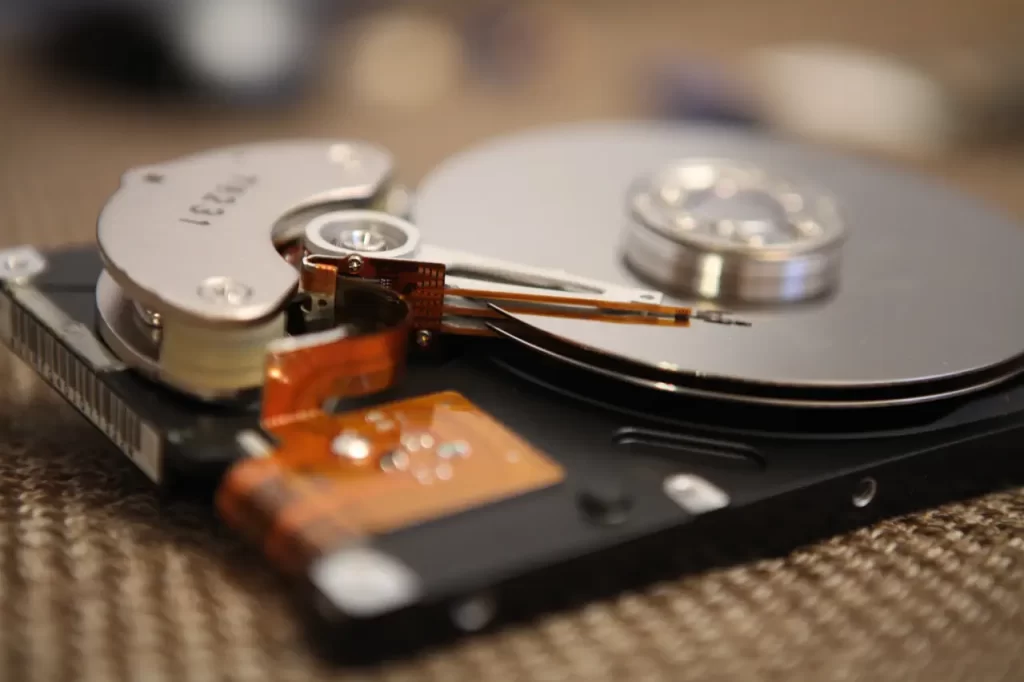Malware Infected Laptop: 10 Final Fixes
When a laptop becomes malware infected, the steps to remove it are similar to those for removing a virus. Here’s a general guide for you to follow:
- Disconnect from the Internet: Disconnect the infected computer from the Internet to prevent the malware infected files from communicating with its command-and-control server and spreading further. If you are using WiFi, in the bottom right corner of the computer click on the WiFi icon and disconnect from the SSID. If you are hardwired to a router simply unplug the ethernet cable patched to the laptop.
- Enter Safe Mode: Restart the computer and enter Safe Mode. This limits the malware’s ability to run and makes it easier to remove. It also limits the hardware drivers that load when the computer boots up. This is a good opportunity to take the time to update the drivers once you have cleaned the malware infected laptop.
- Update Antivirus Software: Ensure your antivirus software is updated to the latest version. If you don’t have antivirus software, consider installing reputable software before you disconnect from the internet.
- Run a Full System Scan: Perform a full system scan using your antivirus software. Allow the software to remove any threats it detects whether this is by removing or quarantining the malware infected files. AVG is a very good antivirus software to consider using. They provide a free download for their basic protection and this is all you need at this time. You can consider upgrading to some of their paid products at a later time.
- Use Removal Tools: Some malware requires specialized removal tools. Research the specific malware affecting your computer and use any recommended tools from reputable sources. Malwarebytes has long been a favorite among tech professionals. Their database is large and up-to-date.
- Manually Remove Suspicious Files: If you know which files are malware infected, you can attempt to manually delete them. Be cautious not to delete critical system files. If this step makes you even the least bit nervous don’t perform it. There is always the possibility of compounding your problems and prevent the computer from booting properly or running properly.
- Restore from Backup: If you have backup copies of your data, consider restoring your files from backup to ensure they are clean. Be sure the backup is from before the infection occurred. The backup can be from an encrypted backup, a cloud backup, or a manual backup with folder structures.
- Change Passwords: If you suspect your passwords may have been compromised, change them immediately, especially for sensitive accounts. Change the password you use to login to the computer. If you don’t have a password protected computer considering doing this now. Most versions of Windows also lets you use a PIN instead of a password.
- Reconnect to the Internet and Monitor: After completing the removal process, reconnect to the Internet and monitor your computer for any unusual behavior or signs of reinfection. This could be very slow performance issues, odd behavior when using your browser, or apps running in the background that you did not open.
- Update Software and Operating System: Ensure that your operating system and all software are up to date with the latest security patches. This helps minimize future malware infected laptops. We discussed updating the drivers earlier and this is the perfect time to do this. Usually, updating the OS brings in the most current drivers, but not always.
If you’re unsure about how to remove the malware or if the malware persists despite your efforts, consider seeking help from a professional IT support service. There are steps that can be taken to remove the malware from infected registries, RAM, etc. These steps are best taken by someone that has the knowledge and experience to save a copy of the registry and perform a regedit command.



